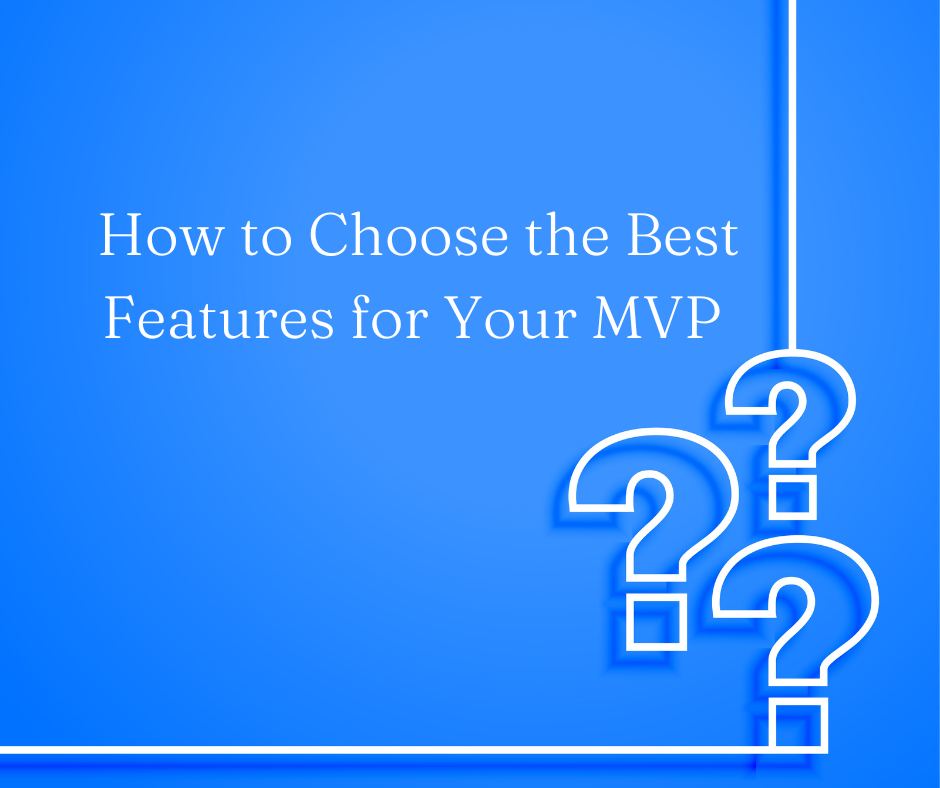MVP development services can help companies validate their product ideas and get early feedback from their target audience. By choosing the right features for your MVP, you can maximize your chances of success.
Here are some methods to help you choose the best features for your MVP:
1. MoSCoW Matrix
The MoSCoW Matrix is a simple and effective way to prioritize features by dividing them into four categories:
- Must-have: These are the features that are essential to the core functionality of your product.
- Should-have: These are important features that would make your product more valuable but are not essential for the MVP.
- Could-have: These are nice-to-have features that could be added later but are not necessary for the MVP.
- Won’t-have: These are features that will not be included in the MVP, either because they are not important or because they would take too much time and resources to develop.
2. Numerical Assignment or Grouping
In this method, you assign a numerical value to each feature based on its importance and priority. You can then group the features together based on their scores and choose the highest-scoring features for your MVP.
3. Effort and Impact Matrix
This method considers the effort required to develop a feature and the impact it is expected to have on users. You can then plot each feature on a matrix and choose the features that fall in the high-impact, low-effort quadrant.
4. The Kano Model
The Kano Model is a user-centered approach to prioritization. It classifies features into four categories:
- Threshold attributes: These are features that users expect to be present in the product.
- Performance attributes: The more of these features a product has, the more satisfied users will be.
- Excitement attributes: These features are unexpected and delightful and can lead to increased user satisfaction.
- Irrelevant attributes: These features do not have a significant impact on user satisfaction.
To use the Kano Model, you need to survey your target audience to understand how they would rate each feature. You can then prioritize the features based on their Kano category.
5. Bubble Sort Technique
In the bubble sort technique, you compare two adjacent features at a time and swap them if they are not in the correct order. You then repeat this process until all of the features are in the correct order.
6. Speed Boat Method
The speedboat method is a collaborative approach to prioritization. It involves brainstorming a list of all possible features and then voting on which features are most important. The features with the most votes are then prioritized for the MVP.
7. User Story Mapping
User story mapping is the best technique that helps you to understand the user journey and identify the features that are needed to support it. You can then prioritize the features based on their importance to the user journey.
Things to keep in mind before choosing the best features for your MVP:
- Talk to your target audience: Get regular feedback from your target audience to understand their needs and wants. This will help you to identify the features that are most important to them.
- Start with the core: Focus on the core features that are essential to the functionality of your product. You can add additional features later, as needed.
- Be realistic: Don’t try to cram too many features into your MVP. This will make it more difficult and expensive to develop and launch.
- Be flexible: Be prepared to adjust your plans as needed. Once you launch your MVP, you can collect feedback from users and use it to prioritize features for future releases.
Conclusion
There is no one-size-fits-all approach to choosing the best features for your MVP. The best method for you will depend on your specific product and target audience. However, all of the methods listed above can be helpful for prioritizing features and choosing the right ones for your MVP.

